Water burial, also known as sea burial or ash scattering at sea, has been a long-standing tradition in many cultures around the world. It is a way of honoring loved ones who had a special connection to the ocean, whether through their profession, passion for sailing, or simply their love for nature. However, traditional water burial methods can have significant environmental impacts. For instance, some cremated remains may contain toxic materials that can harm marine life and contribute to pollution.
In recent years, biodegradable urns have emerged as an eco-friendly alternative to traditional water burial methods. These urns are made from natural materials that break down over time and do not pose any harm to the environment. Biodegradable urns offer several benefits for those seeking a more sustainable and respectful way of saying goodbye to their loved ones. In this article, we will explore how biodegradable urns work and why they are becoming an increasingly popular choice for water burials.
The Environmental Impact of Traditional Water Burial Methods
The traditional methods of water disposal for human remains have been found to have significant environmental consequences, highlighting the need for more sustainable options. These conventional practices include scattering cremated ashes in bodies of water, placing urns containing cremated remains on the ocean floor, or sinking caskets and coffins with corpses intact. Unfortunately, these methods can result in harm to marine life and contribute to pollution reduction.
The scattering of ashes may contain toxic chemicals like mercury from dental fillings that can pollute aquatic ecosystems. Ingestion of this contaminated matter by marine animals can cause diseases and a weakened immune system. Additionally, urns placed on the ocean floor can prevent sunlight from reaching the seafloor, hindering photosynthesis and causing harm to plant life below.
Sinking caskets and coffins with corpses also contribute to pollution as they are made of materials that do not biodegrade easily, contaminating the surrounding water sources over time. The urgent need for environmentally-friendly alternatives has led to the development of biodegradable urns designed for water burial – an option that is not only eco-friendly but also preserves marine life while reducing pollution levels in our oceans.
Understanding Biodegradable Urns and How They Work
Comprehending the mechanics of biodegradable urns and their decomposition process is crucial in understanding how they can be a sustainable and eco-friendly alternative for the afterlife. Biodegradable urns are made from natural materials, such as recycled paper or compressed salt, instead of traditional materials like metal or plastic. The manufacturing process for these urns also typically uses less energy and resources compared to traditional urns, making them more environmentally friendly.
The decomposition process of biodegradable urns occurs naturally over time when placed in water, soil or other organic material. When immersed in water, the urn dissolves gradually until it completely breaks down into its natural components without harming aquatic life or polluting the water.
In addition to being an environmentally-conscious option, biodegradable urns also offer a cost comparison advantage over traditional burial methods since they do not require embalming or expensive caskets. Overall, understanding the benefits and functionality of biodegradable urns can help individuals make informed decisions about end-of-life arrangements that align with their values and beliefs while minimizing their impact on the environment.
Advantages of Biodegradable Urns for Water Burial
Biodegradable urns have gained popularity in recent years, with the global biodegradable materials market projected to reach $13.1 billion by 2027. These innovative designs are typically made of natural and sustainable materials such as bamboo, coconut shells, or recycled paper that decompose over time and do not harm the environment. Compared to traditional burial methods, biodegradable urns for water burial offer several advantages.
Firstly, they provide a cost-effective alternative to traditional burials or cremation services. Traditional burials can be expensive due to the cost of embalming, caskets, funeral services, and cemetery plots. On the other hand, biodegradable urns for water burial are more affordable since they do not require embalming and can be placed directly into bodies of water without needing a cemetery plot.
Additionally, some companies offer rental options for their biodegradable urns which further reduces costs for families who prefer this option. Secondly, these urns allow loved ones to return to nature by providing a sustainable way of disposing ashes while preserving marine life habitats.
As opposed to traditional burials where remains take up space in cemeteries that may eventually run out of space or have harmful effects on the environment due to chemicals released during decomposition; biodegradable urns allow individuals’ ashes to become part of marine ecosystems which provides nourishment for sea creatures while also helping plant life flourish underwater.
Choosing the Right Biodegradable Urn for Your Needs
Selecting an appropriate biodegradable urn requires careful consideration of factors such as the material’s durability, size, and shape to ensure it meets your specific needs. Biodegradable urns come in several types available on the market, ranging from paper pulp to salt and sand mixture. Paper pulp urns are commonly used for water burials because they break down quickly when submerged in water. Salt and sand mixture urns are also a popular choice as they dissolve rapidly when placed in water, making them environmentally friendly.
When choosing the right biodegradable urn for your needs, cost comparison is another essential factor to consider. The price of biodegradable urns may vary depending on their type, size, design, and quantity ordered. Some suppliers offer discounted prices for bulk purchases or provide free shipping services to customers who buy a certain number of units. It is vital to compare prices from different suppliers before making a purchase decision to get the best value for your money while ensuring that you choose an appropriate biodegradable urn that meets all your requirements.
Frequently Asked Questions
Are there any legal restrictions or regulations regarding water burials using biodegradable urns?
Legal considerations and environmental impact are important factors to consider when planning a water burial using biodegradable urns. In terms of legal considerations, it is important to research local laws and regulations regarding water burials, as they may vary by region. Some areas may require permits or have specific guidelines for conducting water burials.
Additionally, it is important to ensure that the chosen biodegradable urn complies with any applicable regulations or standards for environmentally-friendly products. From an environmental perspective, biodegradable urns offer a more eco-friendly option compared to traditional burial methods as they break down naturally over time without leaving harmful pollutants in the environment.
However, it is still important to consider the potential impact on local wildlife and ecosystems when choosing a location for the water burial. Overall, while there may be legal considerations and environmental impacts to consider when planning a water burial using biodegradable urns, these concerns can be addressed through careful research and selection of appropriate materials and locations.
Can biodegradable urns be used for any type of water body, such as rivers, lakes, or oceans?
Water burial techniques have gained popularity in recent years due to their environmental benefits. Biodegradable urns are a preferred choice for water burials as they dissolve naturally over time without causing any harm to the environment. However, it is essential to consider the type of water body before opting for this method. While biodegradable urns can be used for rivers and lakes, special permits may be required from local authorities. On the other hand, ocean burials require compliance with specific regulations set by the Environmental Protection Agency (EPA) under the Clean Water Act. It is crucial to adhere to these regulations to ensure that water burial techniques do not negatively impact aquatic life or cause environmental pollution.
How long does it typically take for a biodegradable urn to decompose in water?
A biodegradable urn is a vessel that is designed to break down naturally in the environment, usually through decomposition. These urns are becoming increasingly popular due to their low environmental impact and cost effectiveness. The time it takes for a biodegradable urn to decompose in water depends on various factors such as the material used, water temperature, and other environmental conditions. However, on average, it can take anywhere from several weeks to several months for a biodegradable urn to fully decompose in water. Biodegradable urns offer a more sustainable alternative to traditional burial options while also providing a sense of closure for loved ones.
Can the ashes of multiple people be placed in the same biodegradable urn for a water burial?
When considering a biodegradable urn for the purpose of water burial, it is important to take into account the size of the urn and whether multiple ashes can be placed in it. Most biodegradable urns are designed to hold one set of ashes and may not have enough space to accommodate multiple sets. However, there are some larger biodegradable urn options available that can hold multiple sets of ashes. It is important to carefully read product descriptions and specifications to ensure that the chosen urn will meet individual needs and requirements.
Are there any special instructions or precautions that must be followed when using a biodegradable urn for water burial?
When considering biodegradable urn options for a water burial, it is important to adhere to specific care tips and instructions to ensure the urn properly decomposes in the water. Some biodegradable urns may require soaking prior to use or placement in water at a certain depth. It is also important to consider the materials used in the construction of the urn, as some may break down faster than others. Careful handling during transport and placement in water is crucial to avoid damaging the urn and potential harm to marine life. By following these precautions, individuals can successfully honor their loved ones with a respectful and environmentally-friendly water burial using a biodegradable urn.
Conclusion
In conclusion, biodegradable urns offer a sustainable and eco-friendly option for water burials. Traditional methods of water burial can have negative impacts on the environment by introducing toxic chemicals into aquatic ecosystems. Biodegradable urns, however, are made from natural materials that decompose over time without causing harm to the environment.
Metaphorically speaking, biodegradable urns act as seeds that grow into new life by nourishing the surrounding ecosystem with nutrients as they decompose. By choosing a biodegradable urn for your loved one’s water burial, you can ensure that their final resting place is both respectful and environmentally conscious. With various options available in terms of design and material, it is important to take the time to select an urn that best suits your needs while also considering its impact on the environment. Ultimately, opting for a biodegradable urn is not only a responsible choice but also an opportunity to contribute towards creating a more sustainable future for generations to come.

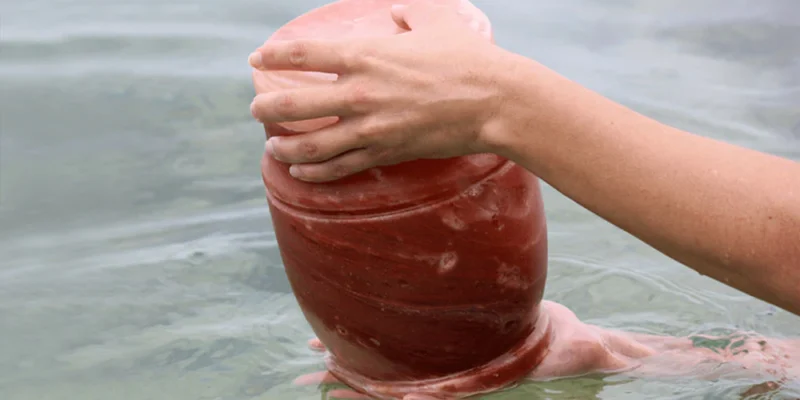





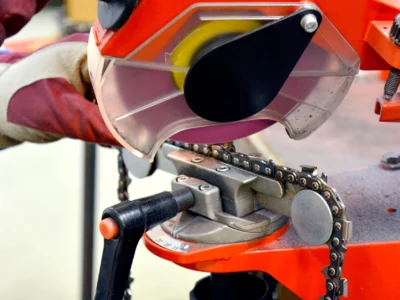
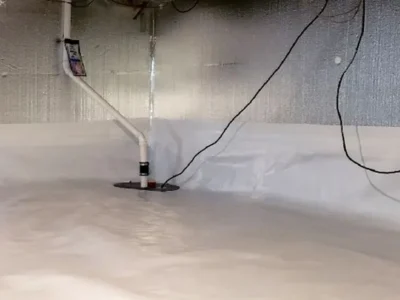
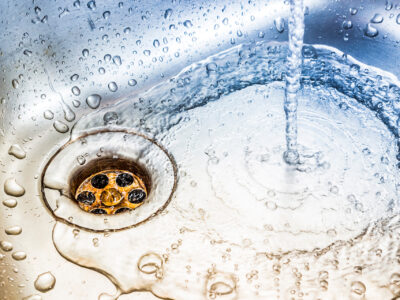
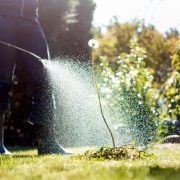



Comments